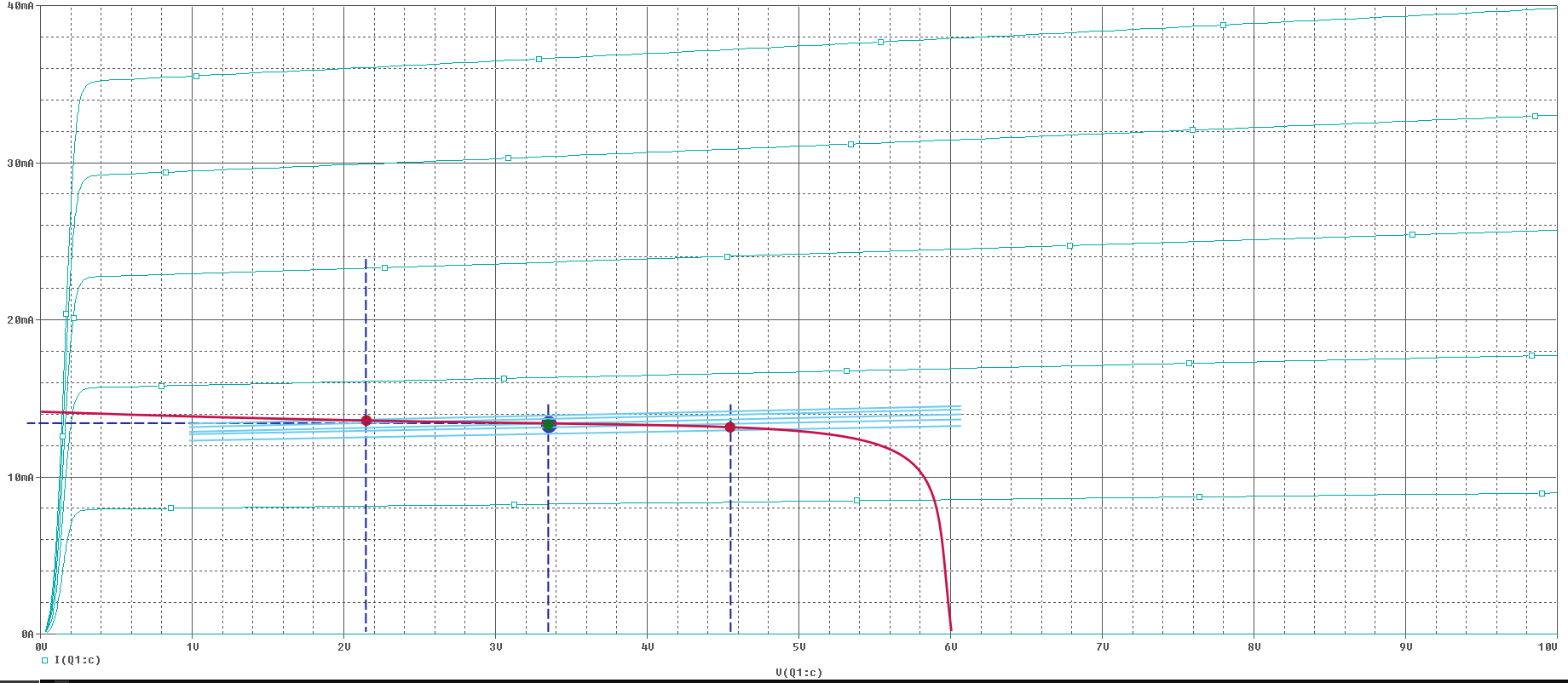Sometimes an image is worth a thousand words. Suppose you are interested in a voltage amplifier (or a transimpedance amplifier for what is worth) where your transistor is required to achieve a given swing on its Vce voltage. (a simple CE stage would do that)
You can use a small Rc and achieve such a swing at the expense of a large variation in Vbe or Ib (we are not interested in the surrounding circuitry, let's focus on the output characteristics of the transistor only). Like so:

The interesection with the Vce axis is your power supply voltage Vcc.
You might want to ramp up the amplification by using a bigger RC. But if you want to keep the same quiescent point (it's useful to compare the different solutions) you will have to increase your supply voltage. This is evident from the following image:

See how the same swing in Vce requires a smaller swing in Ib (and thus Vbe)? This will translate in an increased amplification. (Yes, you can also make the Vce swing bigger for the same input swing, but the graphs are tidier this way). So, let's make Rc really big:

With great resistors come great power supplybilities. This is not always feasible for several reasons, so wouldn't it be nice to have the same slope of the load lin--- no, the load curve, but not having it to go way over the transistor limits on the Vce axis? All we need to to is... bend it.
So a straight line wouldn't work, and this rules out linear components such as simple resistors. But nonlinear devices like transistors are still good. And in fact, by using a transistor as load we get to use its output characteristic with that steep vertical part near saturation. Like this:

The curve is mirrored and translated by Vcc, like we did with straigh line of a resistor, but the nonlinearity helps in keeping the supply voltage at a lower value.




